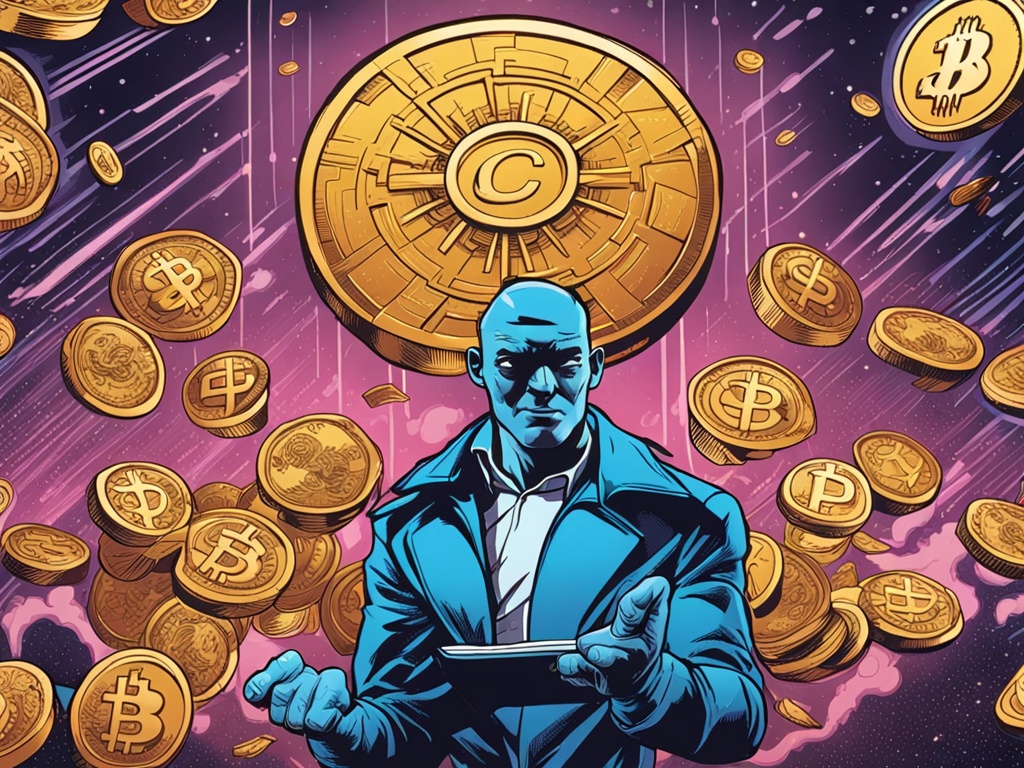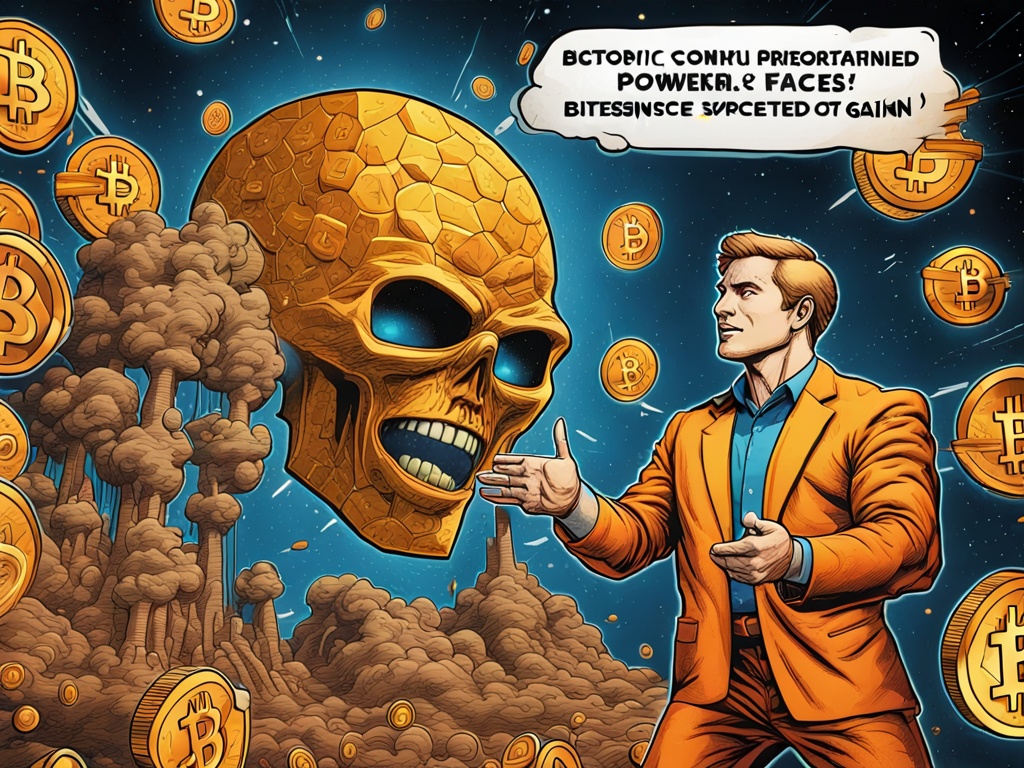Understanding the Impact of MiCA Regulation on USDC Rewards 😕
The implementation of the MiCA regulation has not only introduced clearer regulatory frameworks but has also resulted in certain drawbacks for those holding the stablecoin USDC. The new European legislation concerning crypto assets, which is set to take effect on December 30, 2024, is compelling brokers like Coinbase to end some of their reward programs for customers.
Starting tomorrow, users within Europe who utilize this exchange will be unable to receive returns on their USDC deposits and may need to explore other avenues for potential gains.
MiCA Regulation: A Double-Edged Sword for USDC Holders ⚖️
In June 2023, the MiCA regulation found its official footing in the Official Journal of the European Union, laying down specific regulations for crypto-assets. This marks a historic moment, as Europe has clearly articulated its stance regarding cryptocurrency businesses, stablecoin issuers like USDC, and exchange brokers.
For the first time in its history, Europe has moved away from a regulatory landscape characterized by uncertainty. This shift has ushered in the initial legal measures aimed at safeguarding investors and individuals who save money, all encapsulated under the MiCA framework.
On one side, the upcoming regulation promises several advantages, including heightened transparency and better regulatory oversight. Many fintech enterprises, previously hesitant to delve into the crypto market due to ambiguous regulations, now feel more secure to make investments.
However, the increased institutional presence in the crypto sector comes at a cost as some benefits traditionally associated with the crypto world begin to diminish. The MiCA has established stringent guidelines that, among other things, prohibit issuers of electronic money tokens from offering interest on stablecoin deposits.
This means that companies that have provided yields ranging from approximately 3% to 12% on USDC may find themselves compelled to withdraw these services. Essentially, the MiCA regulation inhibits the European populace from earning returns on stablecoin deposits, contrasting sharply with practices seen in many other regions.
One could speculate that the attractive interest rates associated with digital currencies might be too enticing for investors and thus warrant some regulation to avert overwhelming withdrawals from more traditional financial products.
Coinbase’s Decision to Withdraw USDC Rewards for European Users 📉
In light of the restrictive components of the MiCA regulation, Coinbase has been obligated to terminate its appealing rewards program tied to USDC. European customers, who until now could benefit from yields of up to 4.35% APY on flexible USDC deposits, will soon be deprived of this income stream.
In a notice shared on November 28, Coinbase informed its European community that due to new EU regulations, the exchange would be ceasing its rewards program. Starting December 1, all users in the European Economic Area (EEA) — comprising 30 nations, including 27 EU member states along with Iceland, Norway, and Liechtenstein — will no longer receive yields on their USDC holdings.
This action is perceived as a notable regression for the cryptocurrency ecosystem, potentially diminishing its allure to prospective investors. As a result, many Coinbase users may seek alternative platforms to find yields on their USDC holdings.
Feedback from the Crypto Community on MiCA’s Effects 🗨️
The crypto community has voiced its concerns on social platforms regarding the adverse consequences of the MiCA regulation for USDC holders. Notably, Paul Berg, co-founder and CEO of a crypto infrastructure firm, made a sarcastic remark expressing his gratitude to the European Union for stifling yields on USDC. Similarly, Mikko Ohtamaa, co-founder of Trading Strategy, lightheartedly remarked that he feels “protected.”
Despite being introduced as a means to safeguard investors, the MiCA regulation seems to be driving some investors away from Europe in search of more favorable conditions elsewhere.
Exploring Yield Opportunities in DeFi Platforms ⚡
As detailed earlier, several financial institutions in Europe face negative implications due to the MiCA regulation, as they can no longer earn interest on USDC. These companies will be hamstrung by the inability to leverage unregulated stablecoins while being expected to restrict yield offerings.
However, small retail investors retain the ability to actively pursue new opportunities within the DeFi landscape. Numerous decentralized applications currently provide attractive interest rates on stablecoins like USDC.
For instance, the lending platform Aave offers an impressive 11.35% yield on USDC deposits, with similar rates available for USDT as well. Additionally, Aave allows users to leverage their locked assets to borrow alternative cryptocurrencies in a completely decentralized manner.
Aave is merely one example of a myriad of platforms that deliver comparable advantages. Other reputable DeFi applications that support yields on USDC include Compound, Venus Protocol, Solend, and Uniswap (which allows for liquidity mining with USDC and WETH).
Engaging with these services necessitates a certain level of experience within the blockchain environment coupled with an understanding of fundamental concepts regarding private wallets. If you’re new to this space, it may be wise to hold off until you gain more familiarity.
Hybrid options within the CeFi domain continue to allow investors to achieve returns without needing to engage with the intricate workings of DeFi. For your information, USDT remains unaffected by the MiCA guidelines, as it does not fall under the designation of an “Asset Reference Token.” As a result, some platforms, like Binance, still present yield opportunities on USDT that will soon be unavailable for USDC holders on Coinbase.
Sources:
– Coinbase Rewards FAQ
– Binance Yield Opportunities





 By
By
 By
By
 By
By
 By
By
 By
By
 By
By